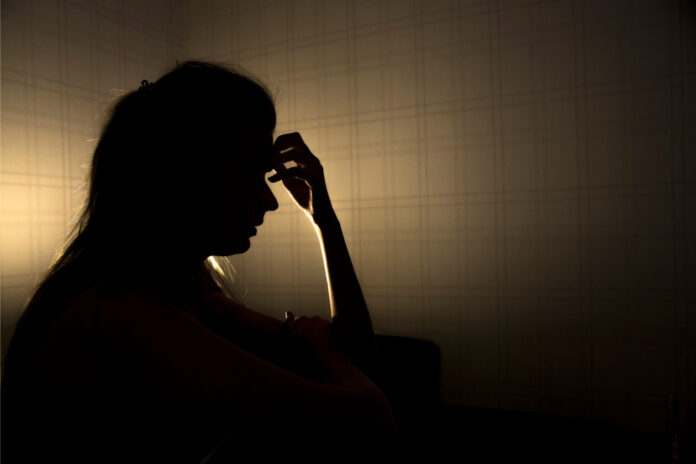The mental health of girls is “at a precipice” with tens of thousands now hiding signs of deep distress from their teachers and parents, an analysis of data from 15,000 secondary school students across the UK reveals.
The data, captured by education company STEER Education, shows a stark – and growing – divide between girls’ and boys’ social and emotional wellbeing, something experts fear may be one of the “long-lasting effects of the pandemic”.
Girls aged 11 are now 30% more likely to suffer from poor mental health than boys of the same age. By the time girls reach 18, they are now more than twice as likely to experience poor mental health than boys of the same age
Increasing numbers of girls now go to great lengths to conceal signs of distress, making it harder for teachers and education staff to identify and help them. While 60% of secondary school girls did this before the pandemic, an alarming 80% do so now. Unhealthy perfectionism and extreme self-control are also far more common. While 20% of secondary school girls had these traits before the pandemic, an alarming 80% do so now.
The pandemic appears to have affected girls’ mental health much more severely than boys’ – girls are now 33% more likely to experience poor mental health than those the same age as them before the pandemic. In contrast, boys are 12% more likely to do so. Girls’ mental health is most at risk between the ages of 14 and 18, the data shows.
However, compared to 2018, both boys and girls are now 40% less trusting of others, 25% less likely to take risks and 25% less able to choose an appropriate and measured response to life’s everyday challenges.
NHS Services have recorded a large rise in demand for mental health support for young people since the pandemic, with nearly 630,000 children in England accessing help between October 2020 and September 2021. According to the NHS, one in six children aged five to 16 were identified as having a probable mental health disorder in July 2020, a huge increase from one in nine in 2017.
At the same time, the number of young people referred to mental health services dropped in 2020/21. As the Children’s Commissioner for England, Dame Rachel de Souza, said in a briefing earlier this month, it is likely that this is because of the disruptions caused by the pandemic.
STEER Education and Minds Ahead fear that many schools, through no fault of their own, may only be identifying a fraction of students who are vulnerable and require support because of inadequate detection methods and a lack of training.
Simon Antwis, STEER Education’s Senior Education Consultant and a former headteacher and school inspector, said “Schools are understandably deeply worried by the growing numbers of students with poor mental health. This report on the current state of young people’s mental health shows that we should be particularly alarmed by the state of girls’ mental health in secondary schools – it is at a precipice and the pandemic has exacerbated a worrying trend we have seen now for many years.
“The growing gulf between boys’ and girls’ mental health looks to be one of the long-lasting effects of the pandemic, with recovery from school closures taking a long time.
“But perhaps particularly concerning is the number of girls who are now keeping their worries and fears to themselves, making it much more difficult for their teachers to identify them as vulnerable and in need of support.”
Simon Antwis said many schools use student voice tools, such as online surveys and chat hubs, to identify vulnerable students, but warned that these “only detect a fraction of those who need support”. “They fail to spot the ‘hidden middle’ – those who may be showing early signs of self-harm, bullying, anxiety and unhealthy self-control,” he said.







